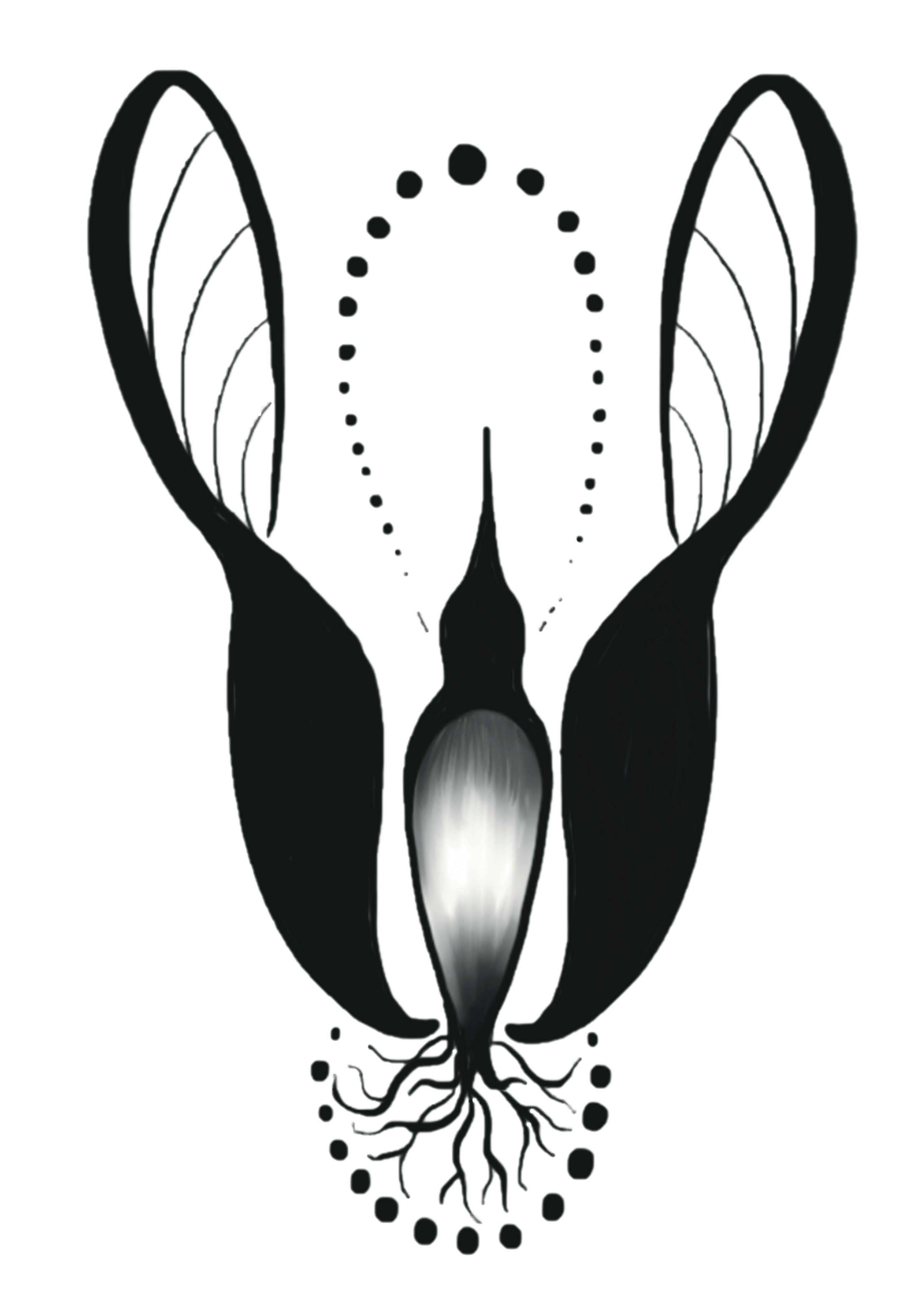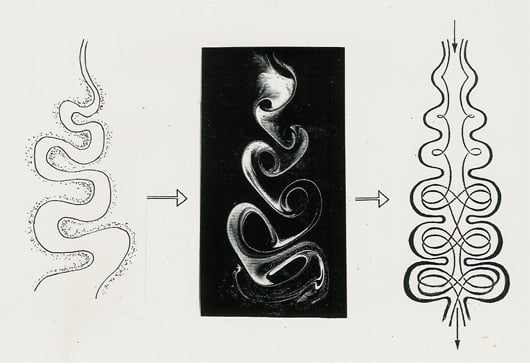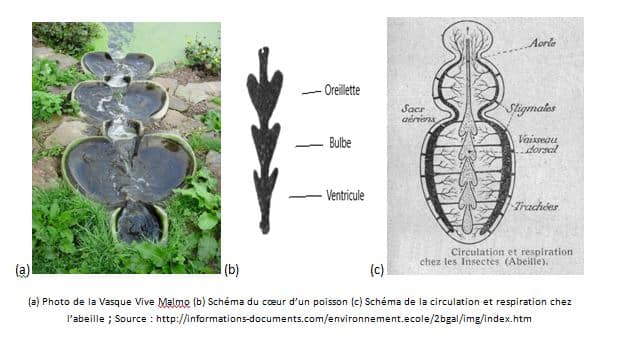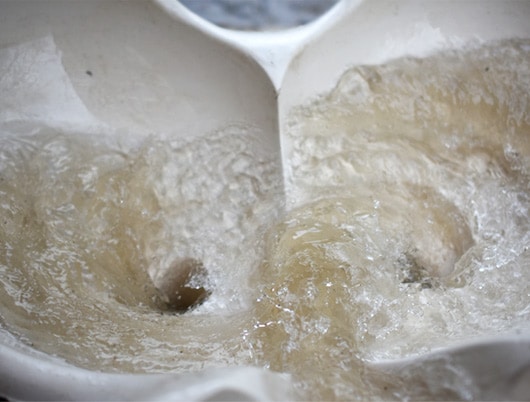The reproduction of water’s natural movements
Observation of water movements
The natural tendency of water flow
In nature, water always tends to deviate from a straight line. Its natural inclination is to meander and swirl. Flowing harmoniously, water constantly seeks to form curves and bends. The rhythm of a meander is unique to each stream that shapes it. For instance, a large river with a high flow oscillates in wide loops, while a narrow stream moves more swiftly, creating eddies that are both complex and rapid. Thus, despite appearances, the water in a river does not flow in a single direction; it forms linear meanders on either side of a central axis of gravity.
The vortex chains
Whirlpools occur when, in a stream, a twig dips into the water or a stone protrudes from the flow. The obstacle divides the current, which then rejoins after passing around it. The water oscillates from side to side, eventually curling into spirals. On each side of the water’s surface, this creates a series of vortices that are symmetrically reversed.
Theodor Schwenk (hydrodynamics engineer, 1910–1983) devoted his life to studying the life and forms of fluids. He discovered that water can move and form long chains of alternating vortices when flowing freely. In his remarkable book Sensitive Chaos on the movements of water and air, he wrote: “Everywhere, water appears as a balancing force. Rhythm is its vital element par excellence, and the more freely it can move rhythmically, the more alive it remains within. But where rhythm is lost, where it can no longer flow freely in meanders, ripple over stones, undulate and murmur, it begins to weaken and die.”
Applications of water movements
Sculpting water with bowls
In 1970, Schwenk invited John Wilkes (English sculptor, 1930–2011), a graduate of the Royal Academy of Arts in London, to join him at his Laboratory for Fluid Movement Research in Germany to create shapes corresponding to their observations. Their shared goal was to give water the ability to retain rhythm, just as nature does within living organisms from the embryonic stage. From this, rhythmic movements could be revealed through sculpted forms that resonate with the hidden nature of water. And thus, the Flowforms were born: the movement of water within the Vasques Vives mirrors the movement of blood through the heart.



